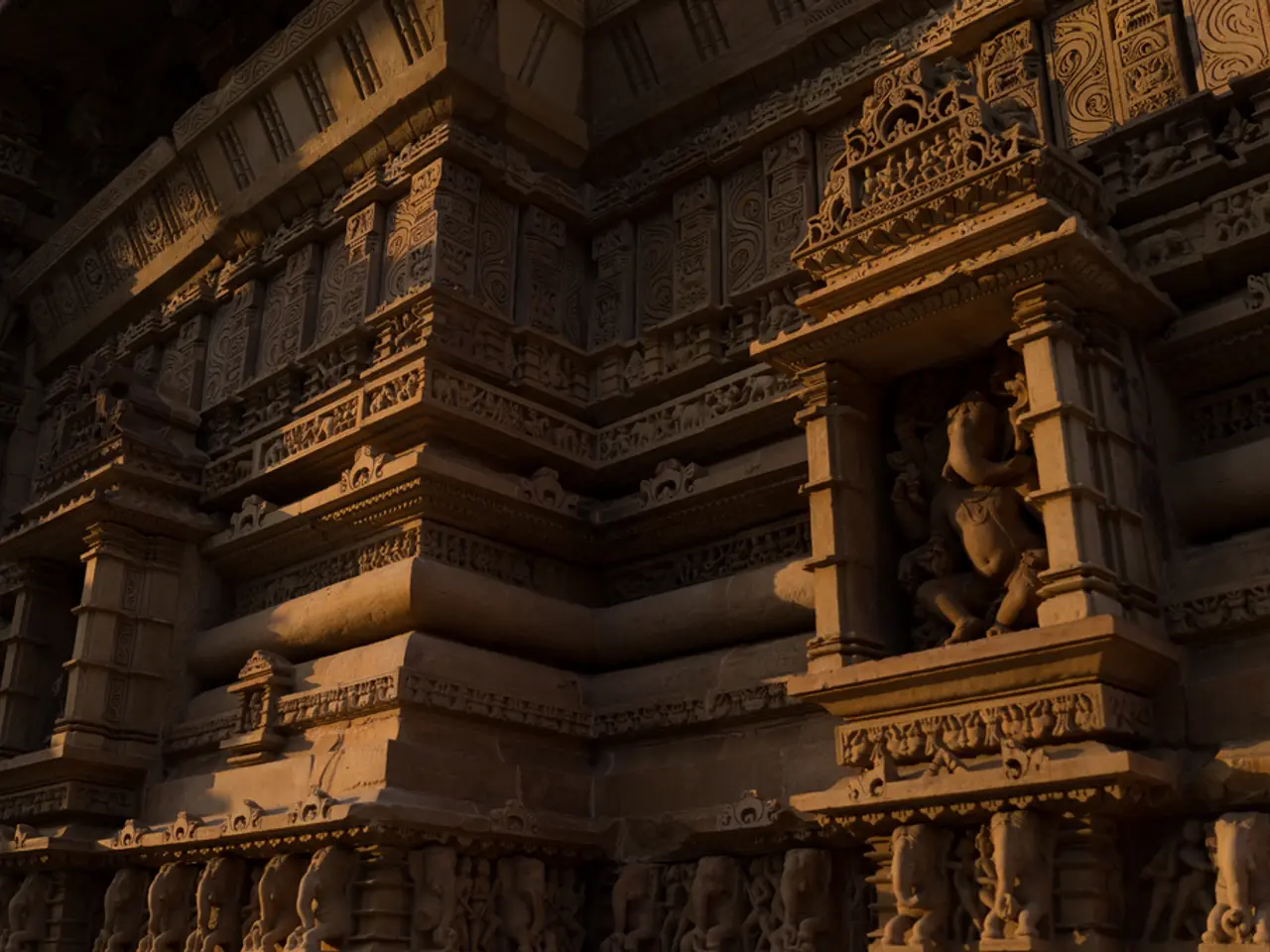Explore the art of Stucco plastering, a wall finishing method known for its durability and aesthetic appeal, suitable for both indoor and outdoor settings.
Stucco, a traditional wall finish, has been used for centuries to mimic the appearance of stone on the exterior of buildings. This classic recipe, consisting of Portland cement, sand, lime, and water, has evolved with the introduction of grey enhanced Portland-limestone cement for exterior stucco plastering.
Advantages of Stucco Plastering
Stucco offers several benefits, making it a popular choice for exterior applications. Its durability and protective finish create a hard, long-lasting exterior that shields walls against the elements. Cement stucco is particularly effective at shedding water and resisting moisture penetration, provided it is sealed properly.
The aesthetic flexibility of stucco is another significant advantage. It can be textured and coloured in various ways, offering a wide range of finishes, from smooth and sleek to expressive facades with vapor-permeable properties in some types. Some stucco types even allow steam to pass through, preventing moisture accumulation and reducing maintenance and deterioration.
In warm climates, stucco is almost exclusively used on the outside of buildings due to its ability to expand and contract without warping, and its capacity to deflect heat. Stucco plastering is also a type of low-maintenance, long-lasting decorative coating.
Disadvantages of Stucco Plastering
Despite its advantages, stucco plastering has some drawbacks. Its higher cost and installation complexity make it more expensive and time-consuming than alternatives like drywall or cement plaster. The application requires skilled tradespeople and a layered approach, which can lead to delays and increased costs.
Stucco is also prone to cracking, especially around doors and windows due to building settlement or temperature changes. If not sealed properly, it can be sensitive to moisture, leading to damage, especially in wooden or insulation layers. Repairs are more complicated and costly compared to drywall, often requiring large sections to be redone to maintain a consistent finish.
Stucco's environmental impact is another concern. Cement-based stucco has a high embodied energy footprint due to cement manufacturing’s CO₂ emissions and mining impacts, making it less eco-friendly. Modern cement plasters may also contain chemicals that affect indoor air quality.
Interior and Exterior Applications
For interior applications, stucco plaster provides a beautiful, durable finish but can be sensitive to moisture without proper sealing, making it less ideal for wet areas unless special measures are taken.
For exterior applications, stucco is widely used for its ability to protect structures and offer diverse textures and colours. However, proper installation and sealing are critical to avoid moisture damage and cracking.
In summary, stucco plastering is valued for its strength and design versatility but requires careful installation, maintenance, and environmental consideration. The choice between cement and other types (like lime plaster) involves tradeoffs between durability, breathability, cost, and ecological impact.
- In home-improvement projects, the costs of stucco plastering may be higher than alternatives like drywall or cement plaster due to its complex installation process and the need for skilled tradespeople.
- A contractor might recommend stucco for a kitchen or bathroom renovation, as its vapor-permeable properties can help prevent moisture accumulation and reduce maintenance.
- If you're designing a new home and prefer a unique lifestyle, consider using stucco on the exterior for its aesthetic flexibility, allowing for a wide range of textures and colors.
- For homeowners who are concerned about the environment, research different types of stucco, such as lime plaster, as they may have a lower embodied energy footprint and fewer impacts on indoor air quality.
- Whether you're planning a small-scale project or a total home makeover, make sure to include stucco tools and materials in your budget, considering both the initial costs and potential long-term maintenance expenses.
- In home-and-garden shows or magazines, a guide on stucco plastering could be a useful addition, offering tips on the best practices for installation, sealing, and maintenance to achieve the desired look and longevity.
- When building a new home, consider hiring a contractor with expertise in stucco plastering to ensure proper application and protection against moisture damage and cracking.



